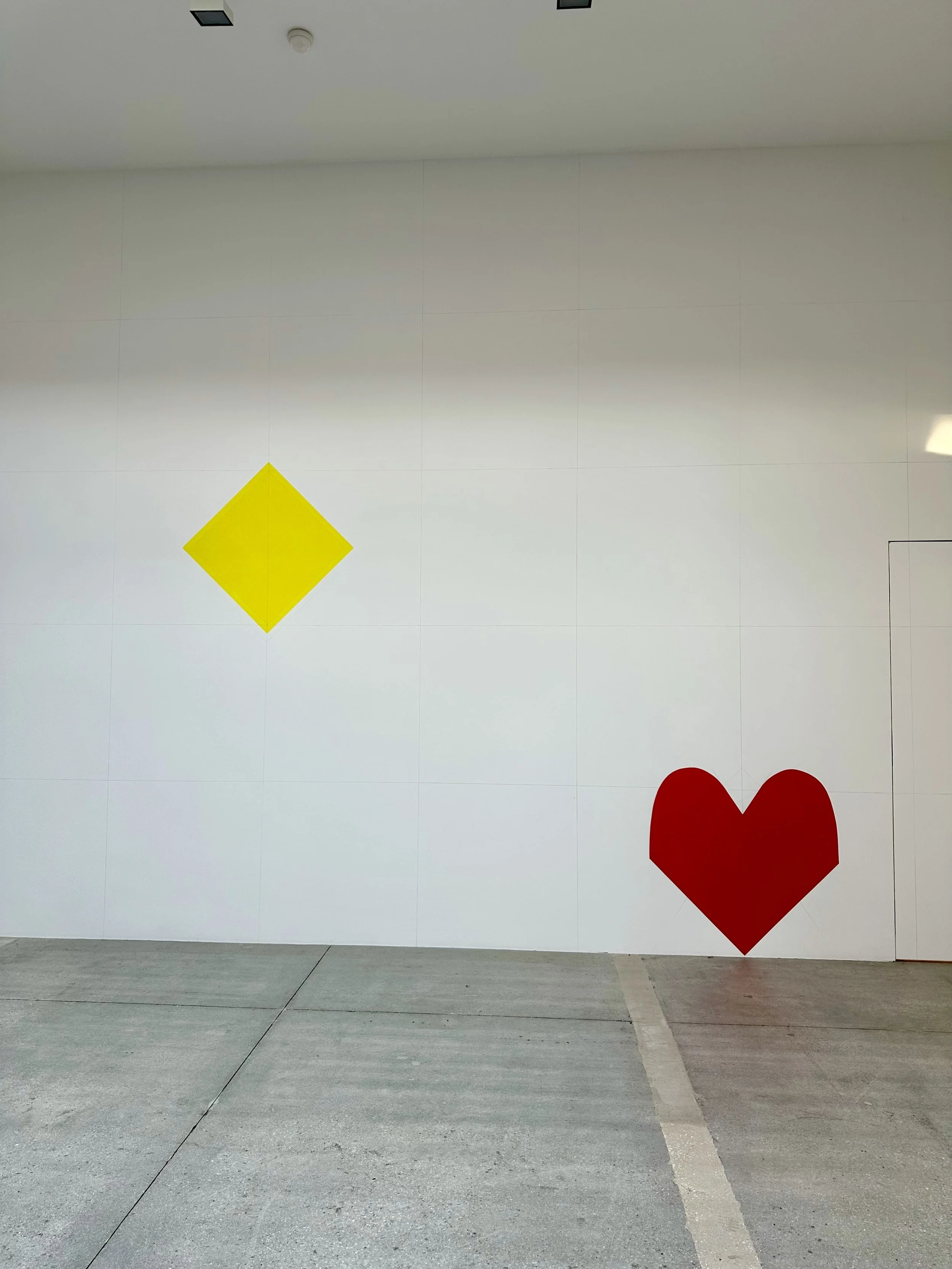Champagne: Bubbles With A Cause
What is it about champagne? The pop of the cork, the bubbles, the slender crystalware? Reserved for special occasions and celebrations, champagne consistently signifies festive feelings. Producers even go the extra mile to make special packaging to get people in the mood, like for when the clock strikes midnight on New Year’s. It can be mixed with juice for mimosa’s, with gin for a French 75 (not my favorite), or straight up depending on how good it tastes. The year (vintage), vineyard, and mood are only a few elements that partake in the palatability of champagne. From the glass to the music, how champagne is rated, tastes, and benefits the body depends on various physical and sensory factors. So, do you choose a Dom or a Cook’s?
The Science
The bubbles are due to the CO2 getting trapped and released from the “nooks” in the glasses.
Experts have a hard time distinguishing between rosé and white wine with red dye.
Champagne is only designated for carbonated (sparkling) white wines from the Champagne region in France.
Mozart makes people drink more wine because it enhances their “refined” emotions.
Polyphenols, including flavonoids and resveratrol, present in about 150-400mg/L in white wines, are not bioavailable or concentrated enough to instill health benefits.
Wines with lower alcohol content activate the insula and cerebellum in order to scrutinize the taste and fragrance.
The Good Stuff
Certain champagnes are expected to be good because of the renowned name and price. But not all years are the same because the weather/climate and other growing conditions (soil, temperature, UV, humidity, etc) influence the fruit (grape). Taittinger had very bad grapes during the winter of one year, but the summer turned out exceptional wines. Other producers, like Dom Pérignon, rely on their vintage collection of the best years. Aside from that, most champagnes are made with particular percentages of grapes from Chardonnay and Pinots.
Taittinger
The regular Brut Réserve is made of Pinot Noir (35%), Chardonnay (40%) and Pinot Meunier (25%). It is not a vintage and spends up to 4 years in the cellar. This has an aroma of peach and tastes of honey. It’s a go-with-anything type of champagne. The alcohol content is 12.5%, making this is a dry and not sweet (low sugar) brut. In 2023 they will be releasing wines from grapes planted in Kent, England. Claude Taittinger implemented art, including by Roy Lichtenstein (1990), onto their wine bottles. Since marketing of the bottle influences decision-making of wine buyers/drinkers, pop the cork with that pop artist if you can find a bottle. ($60-$250)
Veuve Clicquot
As a very notable brand, they produced a La Grande Dame 2012 collaboration with artist Yayoi Kusama. At 14% alcohol, this uses mostly Pinot Noir (90%) innovated by socialite Madame Clicquot with a drop of Chardonnay (10%). The aroma is apple and pear with some almond. Their champagnes are produced with minimal rain and sun, cooler temperatures (50°F), and calcium carbonate-heavy (stony, alkaline) soil. ($60-$220)
Dom Pérignon
The preeminent vintner’s most recent 2012 vintage has aromas of mint and apricot with 13% alcohol. It is bitter due to the flavonoid phenols with a hint of ginger. It spends 8 years in the cellar and was founded by a Benedictine monk. ($200-$250)
Prices listed are for up to 750ml bottle.
Bottom Line
Price normally does not influence the taste of champagne as much as considering the grape and region. The prices for the above champagnes can go as high as the tens of thousands at auction, but that is for serious collectors and vintages- that “really good year” type of thing. Leave the Cook’s on the shelf and aim for something that goes with the food, mood and party.












Beer is a paradox. Its ingredients flirt with regeneration, while its alcohol content undermines it. It is a pleasure that comes with a cellular price tag.